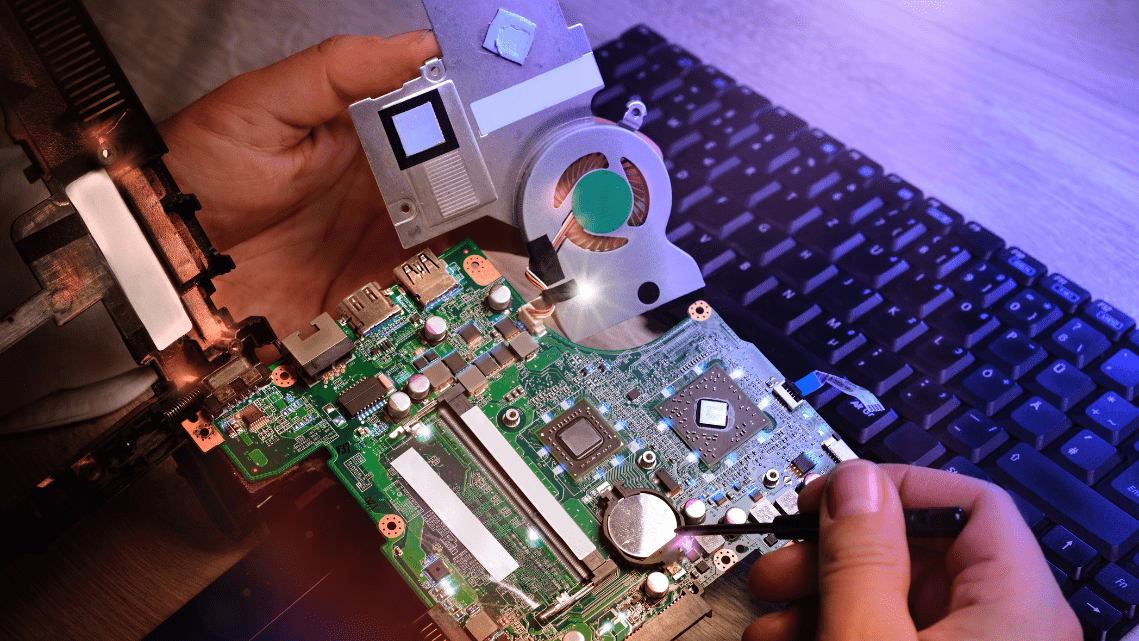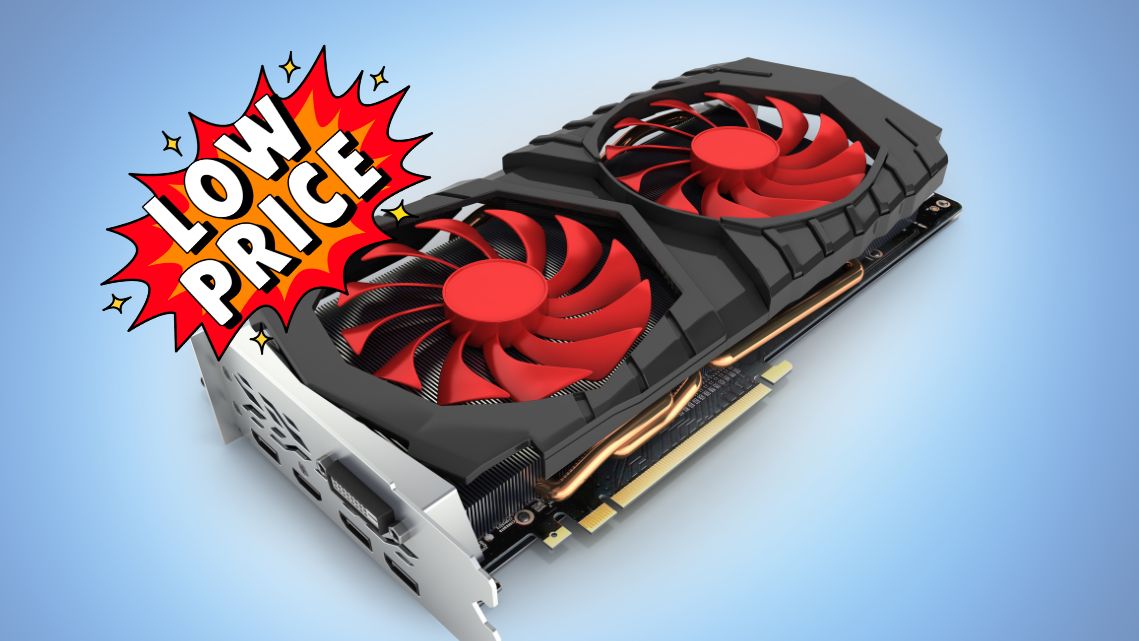Building the ultimate gaming PC in 2024 offers top performance. Learn to build ultimate gaming PC 2024 with GeekzUP Repairs guide. With rapid advancements in technology, creating a high-performance gaming PC requires careful consideration of various components, from the CPU and GPU to storage solutions and cooling systems. This comprehensive guide will walk you through the essential steps and components needed to build the ultimate gaming PC this year.
Planning Your Build: Setting Goals and Budget
Determine Your Gaming Needs
Before diving into the specifics of hardware, it’s crucial to define what you want from your gaming PC. Are you aiming for 4K gaming, high frame rates in competitive titles, or immersive VR experiences? Your gaming goals will influence the selection of components, ensuring your build meets your performance expectations.
Set a Realistic Budget
Establishing a budget is a vital step in the planning process. High-end gaming PCs can range from $1,500 to over $5,000, depending on the components and peripherals you choose. Allocate your budget wisely, prioritizing components that will have the most significant impact on gaming performance, such as the GPU and CPU.
Choosing the Right Components
Central Processing Unit (CPU)
The CPU is the brain of your gaming PC, handling all processing tasks and ensuring smooth gameplay. In 2024, the top contenders for gaming CPUs are:
- AMD Ryzen 9 7950X: Known for its exceptional multi-core performance and efficiency.
- Intel Core i9-13900K: Offers top-tier single-core performance, ideal for gaming.
When selecting a CPU, consider factors such as clock speed, core count, and compatibility with other components.

Graphics Processing Unit (GPU)
The GPU is arguably the most critical component for gaming performance, responsible for rendering graphics and ensuring high frame rates. Leading GPUs in 2024 include:
- NVIDIA GeForce RTX 5090: Offers unparalleled performance with ray tracing and AI-enhanced graphics.
- AMD Radeon RX 7900 XT: Provides competitive performance with excellent value for money.
Ensure your GPU choice aligns with your gaming resolution and refresh rate goals.
Motherboard
The motherboard is the backbone of your gaming PC, connecting all components and ensuring seamless communication. Key factors to consider when choosing a motherboard include:
- Socket Type: Ensure compatibility with your chosen CPU (e.g., AM5 for Ryzen or LGA 1700 for Intel).
- Form Factor: ATX, Micro-ATX, and Mini-ITX are common sizes, with ATX offering more expansion options.
- Features: Look for features like PCIe 5.0 support, multiple M.2 slots for SSDs, and robust VRM design for overclocking.

Memory (RAM)
Adequate RAM is essential for smooth gaming and multitasking. In 2024, the standard for gaming PCs is:
- 32GB DDR5 RAM: Provides ample memory for modern games and future-proofing your system.
Ensure your RAM is compatible with your motherboard and offers a high clock speed for optimal performance.
Storage Solutions
Fast and ample storage is crucial for quick load times and storing large game files. Recommended storage options include:
- NVMe SSD: Offers lightning-fast read/write speeds. A 1TB or 2TB NVMe SSD is ideal for your primary drive.
- HDD or SATA SSD: Additional storage for less frequently accessed games and files.
Power Supply Unit (PSU)
A reliable PSU is vital for stable power delivery to your components. Consider the following when choosing a PSU:
- Wattage: Ensure sufficient wattage to power all components, with some headroom for future upgrades. 750W to 1000W is typical for high-end gaming PCs.
- Efficiency Rating: Look for an 80 Plus Gold or Platinum rating for better efficiency and reliability.
Cooling Solutions
Effective cooling is crucial to maintain performance and longevity of your components. Options include:
- Air Coolers: High-quality air coolers from brands like Noctua provide excellent cooling performance.
- Liquid Coolers: AIO (All-In-One) liquid coolers offer superior cooling for overclocked CPUs.
Additionally, ensure your case has good airflow and sufficient space for cooling solutions.
Case
The case houses all your components and contributes to the aesthetics of your build. Consider the following:
- Size and Compatibility: Ensure your case can accommodate your motherboard, GPU, and cooling solutions.
- Airflow and Cooling: Look for cases with good airflow design and support for multiple fans or radiators.
- Aesthetics: Choose a case that matches your style, with options for RGB lighting and tempered glass panels.
Assembling Your Gaming PC
Step-by-Step Assembly
- Prepare Your Workspace: Ensure you have a clean, static-free workspace with all necessary tools.
- Install the CPU: Carefully install the CPU into the motherboard socket, applying thermal paste and securing the cooler.
- Install RAM and Storage: Insert RAM into the motherboard slots and install the NVMe SSD or other storage devices.
- Mount the Motherboard: Secure the motherboard into the case using the provided standoffs and screws.
- Install the GPU: Insert the GPU into the PCIe slot and secure it with screws.
- Connect Power Supply: Mount the PSU in the case and connect all power cables to the motherboard, GPU, and other components.
- Cable Management: Organize and secure cables to ensure proper airflow and a clean look.
- Final Checks: Verify all connections, ensure components are seated correctly, and check for any loose screws.
Initial Boot and BIOS Setup
Once assembled, power on your PC and enter the BIOS. Check that all components are recognized and adjust settings such as boot order and memory frequency. Update the BIOS if necessary to ensure compatibility with your hardware.
Installing the Operating System and Drivers
Operating System Installation
Install your preferred operating system (OS), typically Windows 11 for gaming, from a USB drive. Follow the on-screen instructions to complete the installation.
Driver Installation
After installing the OS, update and install all necessary drivers for your components. Key drivers include:
- GPU Drivers: Download the latest drivers from NVIDIA or AMD.
- Motherboard Drivers: Install drivers for chipset, audio, and network from the motherboard manufacturer’s website.
- Peripheral Drivers: Update drivers for your gaming peripherals such as keyboards, mice, and headsets.
Optimizing Your Gaming PC
Overclocking for Enhanced Performance
Overclocking your CPU and GPU can provide a performance boost in games. Use software tools like MSI Afterburner for GPU overclocking and your motherboard’s BIOS for CPU overclocking. Monitor temperatures and stability to avoid damaging your components.
Software and Game Settings
Optimize your game settings for the best balance between performance and visuals. Use in-game benchmarks and tools like NVIDIA GeForce Experience to adjust settings automatically based on your hardware.
Regular Maintenance
Keep your gaming PC in top condition by performing regular maintenance. This includes cleaning dust from components, updating drivers, and checking for hardware issues.
Conclusion: Enjoying Your Ultimate Gaming PC
Building the ultimate gaming PC in 2024 requires careful planning, selecting the right components, and meticulous assembly. By following this guide, you’ll be well on your way to creating a powerful and personalized gaming rig that meets your needs and provides an exceptional gaming experience.





